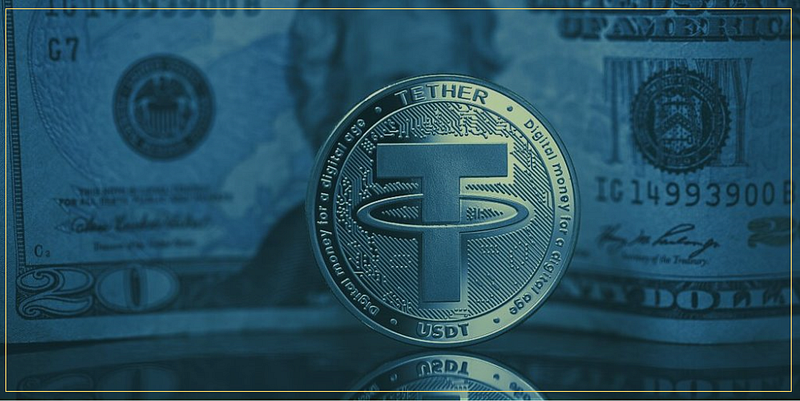What’s the big deal about Stablecoins?

What are stablecoins?
Cryptocurrencies are fun. Unfortunately, you might also wake up to find your bank account missing a few zeroes. These fluctuations make them very hard to work with, and is what has mainly kept the average person treating them like a speculative asset, instead of something they can use. Stablecoins try and solve this problem. Stablecoins are digital assets that are pegged to another outside asset or a basket of assets, such as other cryptocurrencies, fiat currencies or commodities, to help stabilize their price. By tying up their value to a far more stable source, they help users safeguard against wild fluctuations. These type of stablecoins are called Collateralized stablecoins, while Non-collateralized (algorithmic) stablecoins use a working mechanism which involves decreasing or increasing the supply of coins to maintain a steady price.
Tether (USDT) is the one of the most popular and oldest stablecoins, primarily used by traders to help facilitate online transactions on crypto exchanges. This results in 24h Tether trading volumes often hitting over a $100 billion.
Due to their stability, stablecoins have several advantages, such as:
Faster Transactions: Since they don’t fluctuate in value, escrow transactions are faster.
Lower Fees: Instead of paying a huge fee to banks and credit card companies, stable coins enable transfers at far lower costs.
Better cross border payments: Over the last couple months, users based out of countries with a high inflation rate such as Venezuela have increasingly been using stablecoins such as Reserve, with over 8000 merchants across Venezuela, Panama, Columbia, and Argentina accepting it as a form of payment. Most Venezuelans receive money from family members outside of the country, and stablecoins enable fast transactions with lower fees. Moreover, because the Venezuelan Bolivar loses value so quickly, users prefer to pay with stablecoins, and store their savings as stablecoins until they need to use them.
Being relatively new, stablecoins are not immune to a few hiccups. In 2019, an investigation into Tether and the cryptocurrency exchange Bitfinex revealed that they staged a cover-up to hide the apparent loss of $850 million dollars of co-mingled client and corporate funds, and concluded that Tether had no reserves to back the stablecoins in circulation for periods of time. Tether had to pay out a $18 million fine and had to provide quarterly reports on its reserves for the next two years.
At the moment, stablecoins contribute vastly to the crypto and blockchain environment, and it’ll be exciting to discover what the future has in store.
Disclaimer: This blog is not financial advice.